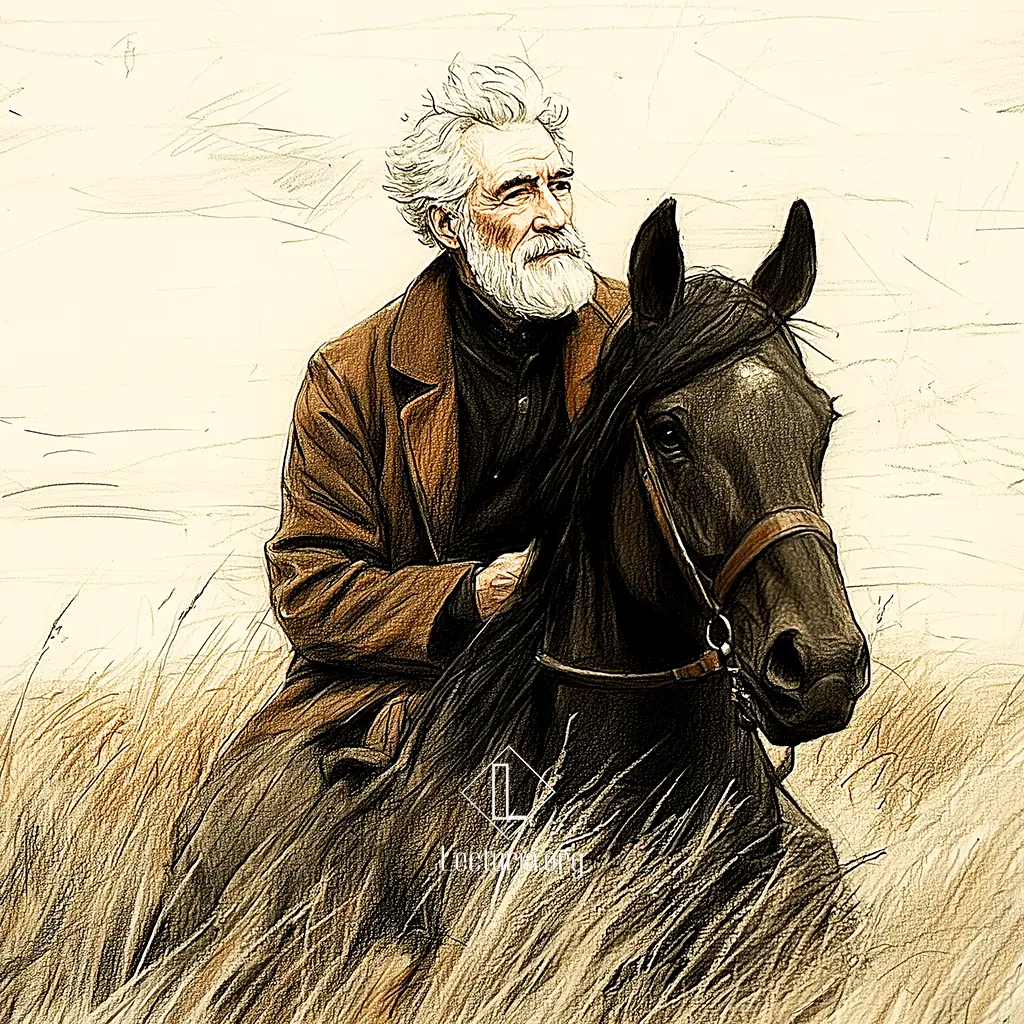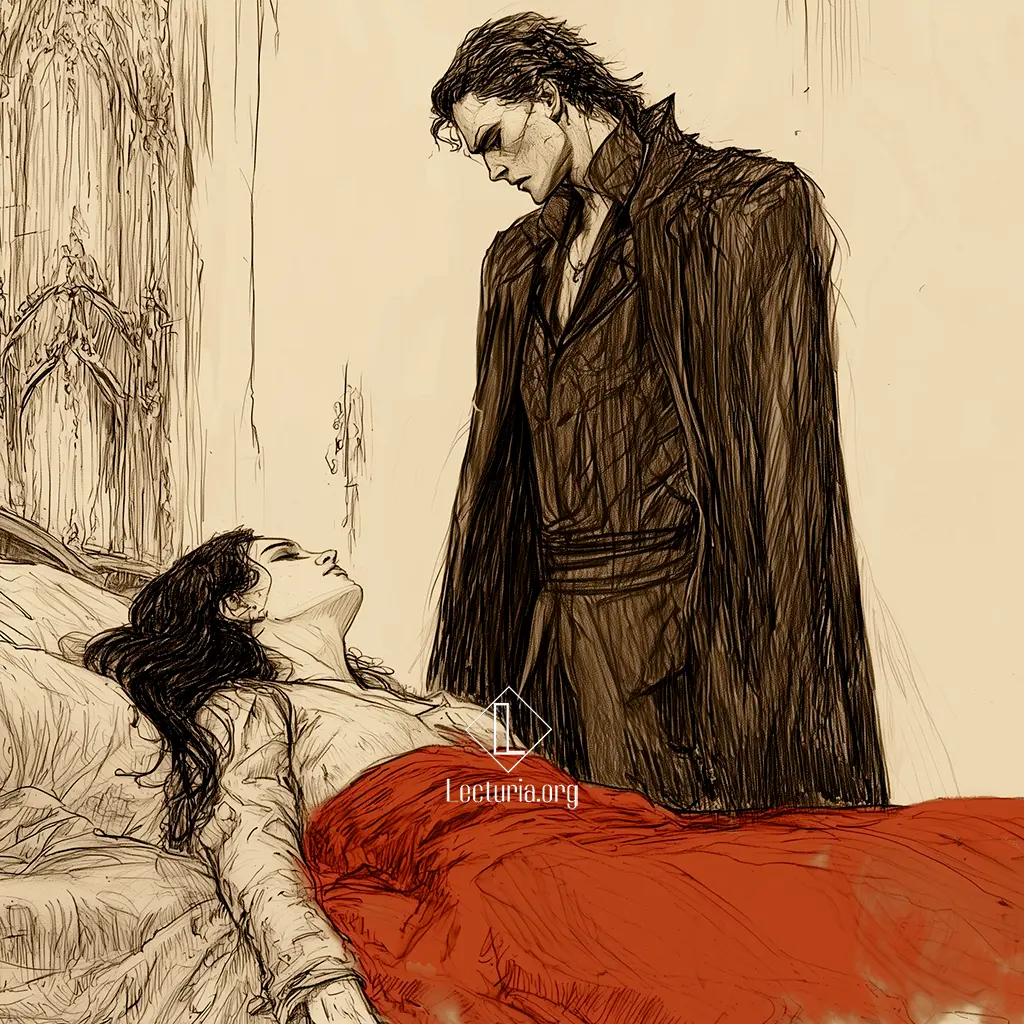Roberto Bolaño: The Insufferable Gaucho. Summary and Analysis
“The Insufferable Gaucho” (El gaucho insufrible) is a short story by Roberto Bolaño, published in 2003. After losing his wife and seeing his children leave, the lawyer Manuel Pereda lives an orderly life in Buenos Aires until, faced with the economic crisis of the early twenty-first century, he decides to abandon the city and retire to the old family ranch on the Pampas. In a decaying rural environment overrun by rabbits, he tries to rebuild his life, surrounded by impoverished gauchos, malnourished children, and eccentric characters. Over time, he repairs the estate, establishes relationships with the local inhabitants, and keeps up a correspondence with his former housemaids. He is visited by his son, a successful writer, and other people from Buenos Aires, but remains in his retreat. Eventually, he returns briefly to the city to sign the sale of his apartment. After an altercation with a writer in a café, and feeling out of place in a city he no longer recognizes, he decides to go back to the Pampas.





